ASICS Digital: My First 5K
A personal training experience
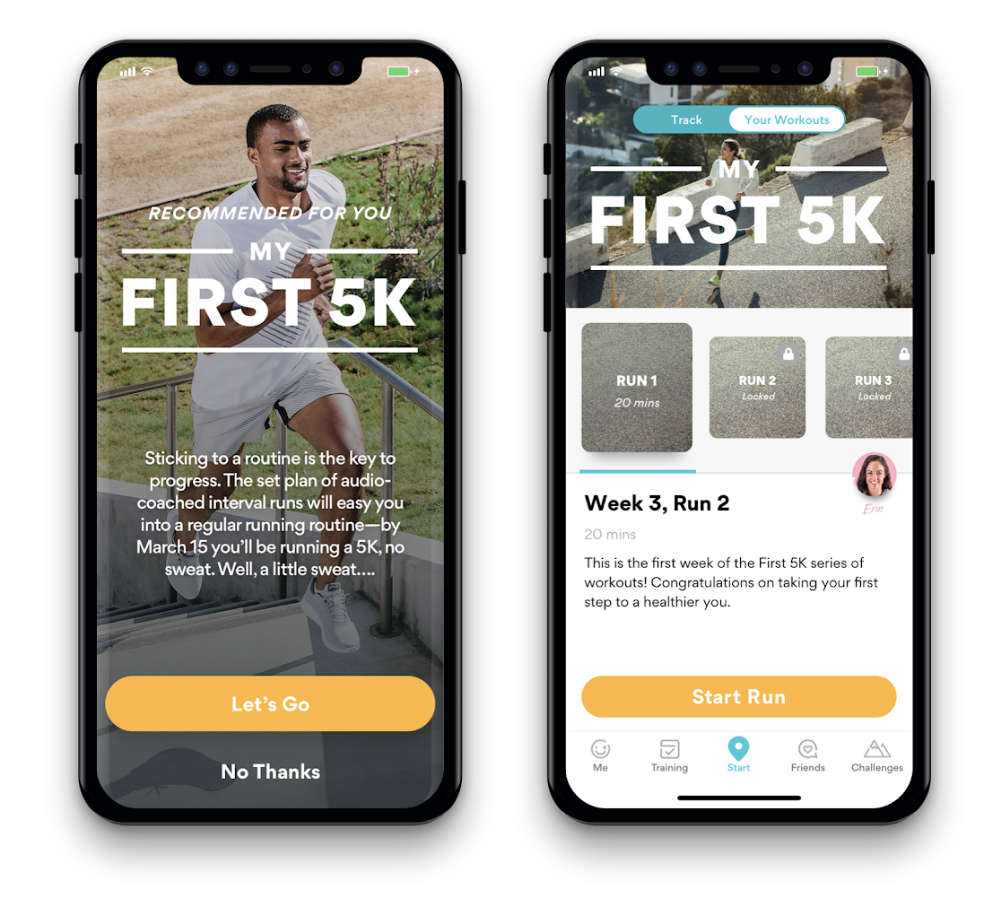
I collaborated with designers, product managers, engineers, marketing, and voice talent to conceptualize, design, and deliver this feature. I was the lead designer.
🤔 Problem
🎯 Goal
🧛🏻♂️Persona
🎉 Success
🧢 My Role
Initial Discovery
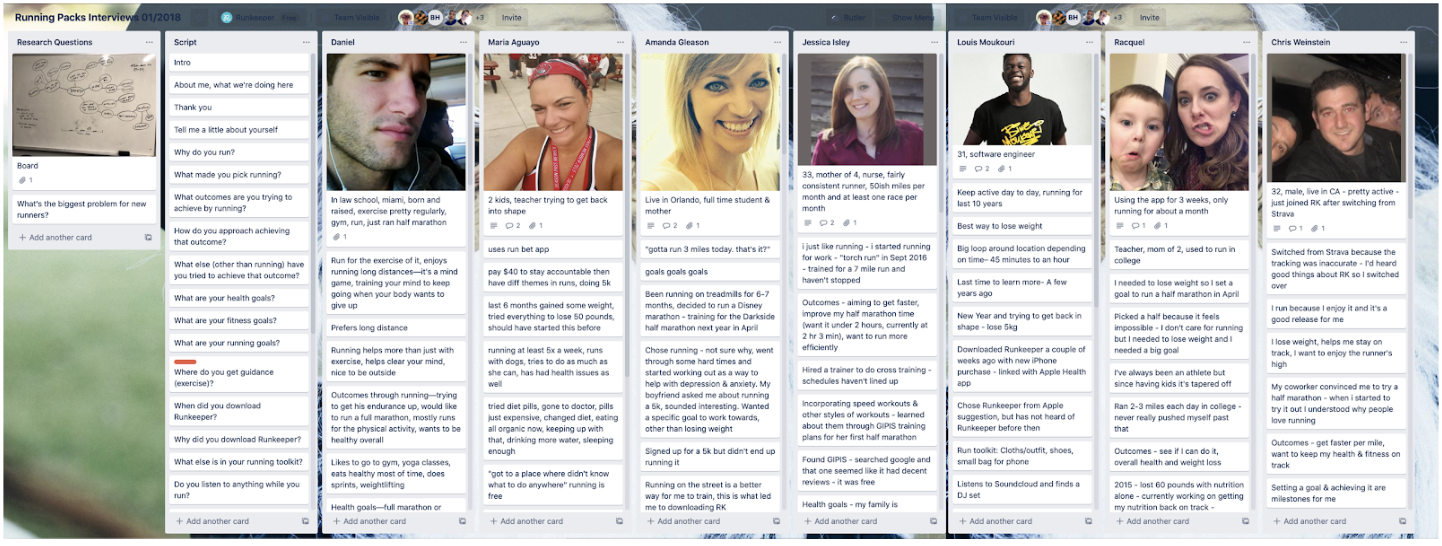
We started with a round of discovery, focusing on people new to the sport of running. We were able to pull thousands of email addresses of users in our system who had just begun to use the app. We knew we wanted to support people who were trying to pick up the initially difficult but rewarding habit of running.
This initial round of user interviews was intended to uncover why people began running in the first place, what was difficult about it, and some of the patterns of new runners who had successfully started running and kept with it. During this research, we discovered that running, or run-walking, a 5K—whether it was an event or just the distance—was a popular “aha moment” for new runners. Completing this was a huge achievement and often a turning point.
I wrote the interview script (collaborating with product to determine research questions), scheduled the sessions, and conducted all interviews.
User Research Themes
A few major themes emerged from our initial interviews:
- Runners feel anxiety and self-doubt.
- “I don’t know what to do.”
- “The hardest part is just getting out the door.”
- “Running hurts.”
- People run for many reasons.
- New runners crave guidance.
- Signs of progress are what keep runners motivated.
I facilitated sessions with design and product to generate solution concepts. We knew we wanted to get new and rusty runners on track to hit their health goals by getting good at running. We knew that running a 5K was inspiring and a common breakthrough moment for new runners. We knew our team was focused on training plans as a goal for the year. And we knew that a traditional training plan wasn’t cutting it for these new runners.
Ideation
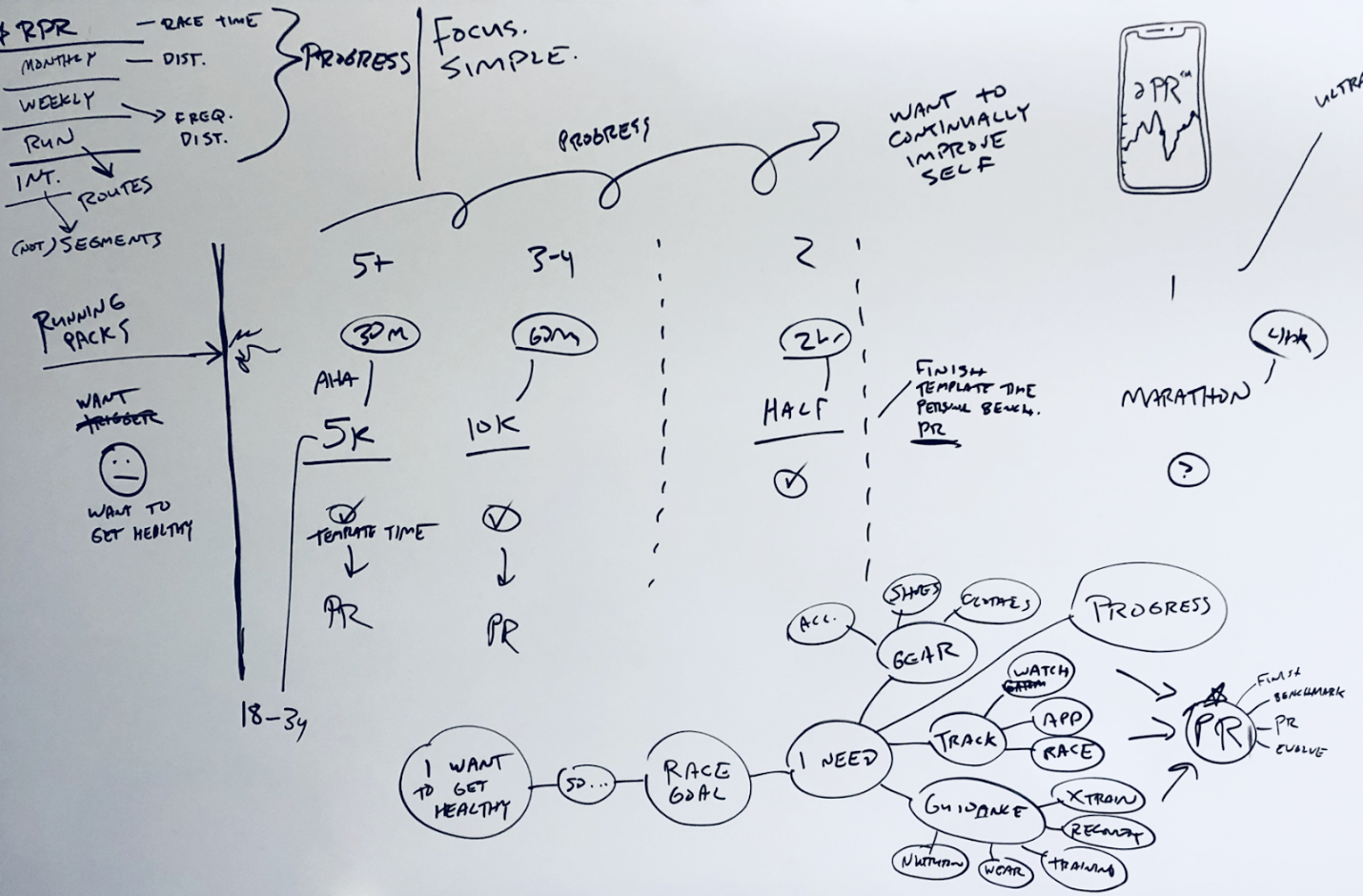
A solution concept that stuck out to the team was audio-guided training plans that were not specifically calendar-based. We knew from the success of another recent project (Win the Long Run, a.k.a. Pace Academy) that people enjoyed and were successful with plans that were interval-based (i.e., run at this pace for this duration, then walk, then run at this pace for another duration). These types of plans were appealing to people with busy schedules who weren’t training for an event. The team came up with the idea of “running packs,” a series of audio-guided running plans focused on different goals. As a test, to validate our concept, we would start with one “pack” focused on getting a new runner to complete their first 5K. If the “My First 5K” pack was successful, we could focus on other goals, like other races, stress reduction, pace improvement, and weight loss. One thing we learned from research was that many people had a race as a goal, but their real goal was often something very different and very personal.
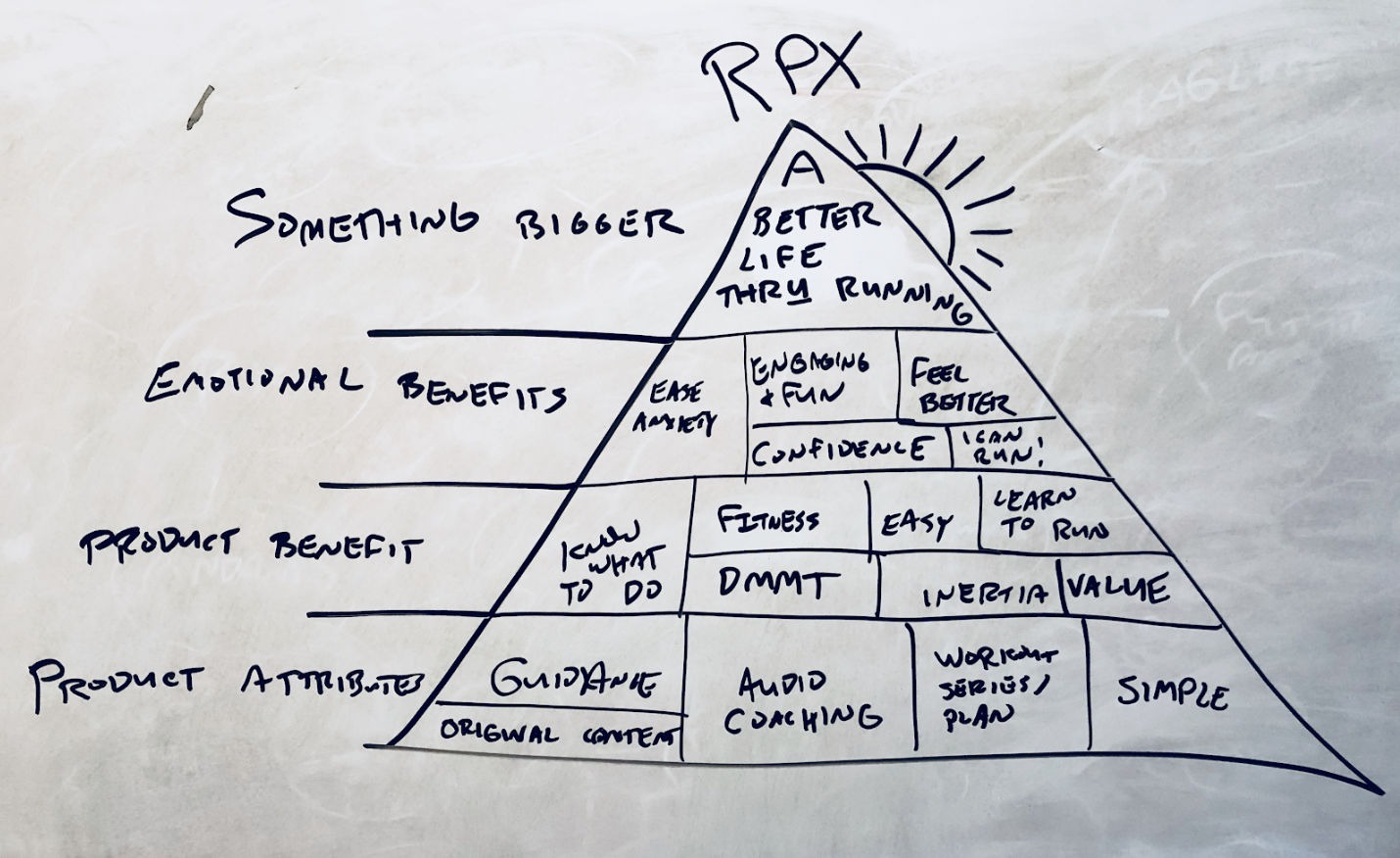
Designing for Anxiety
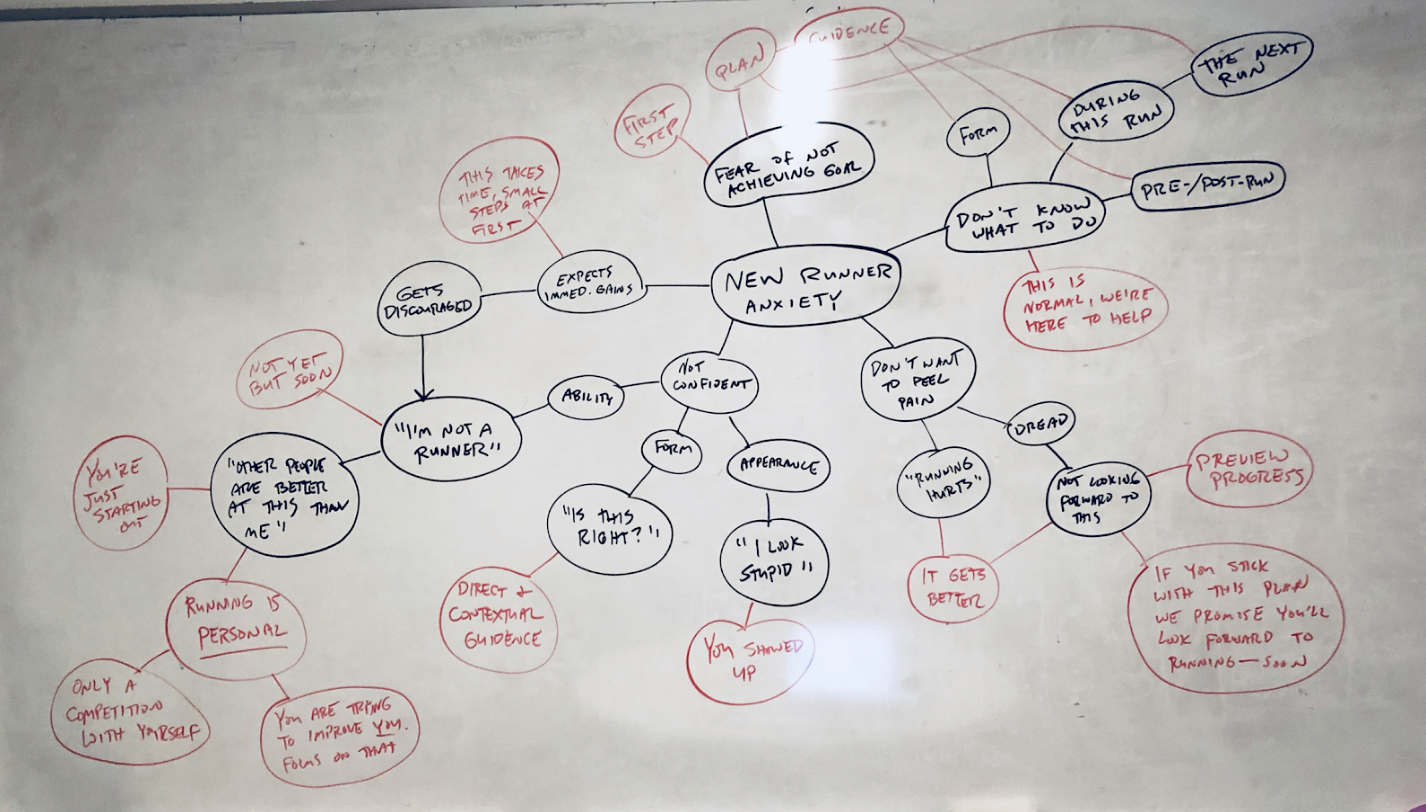
A recurring theme in the early discovery was anxiety about performance and ability and a general sense of self-doubt. We mapped out the anxiety themes we heard (below, in black) and came up with proactive themes to address them (below, in red).
Recording
We used these points, combined with the “My First 5K” training plan we created, to generate scripts for Erin, our head trainer, to record for our ASICS Studio app. In the studio, Erin recorded the audio coaching, focusing on establishing a heartfelt one-on-one relationship with the new runner. In post-release user interviews, we heard from users how important her support was to their success and how they felt a connection that sustained their progress in running.
Delivery and Validation
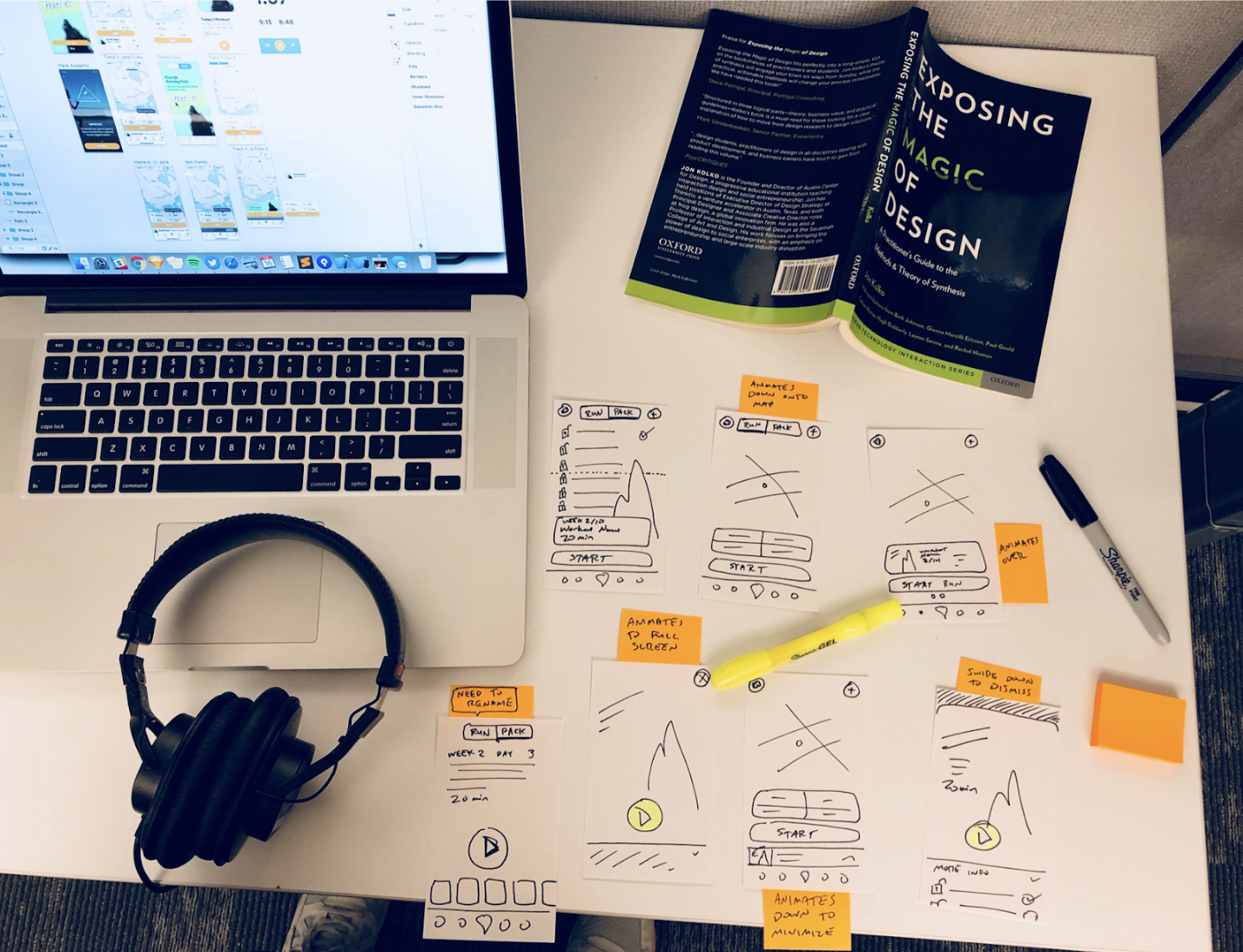
Between recording sessions, I worked with the designers on our team to generate a prototype for the “My First 5K” UX. We wanted the training plan to be front and center when a user opened the app, and, above all, we wanted to make sure people made progress with their goal of running.
Several other rounds of previous user interviews showed us that people come to running for many different reasons, and that everyone has a goal for why they begin running. Maybe they want to lose a few pounds, maybe they need to reduce stress because of a busy schedule, maybe their parent died of heart disease and they don’t want to follow that same path (something I heard more than once in user interviews).
We decided to funnel new users downloading the Runkeeper app based on their personal goal and current running ability. This also allowed us to A/B test the new “My First 5K” experience with a small segment of our users before releasing it to everyone.
We used this new onboarding flow as a way to present the “My First 5K” option to relevant segments.
Result

I worked with our engineers to build and deliver the “My First 5K” training plan behind an A/B test, like I mentioned. This new onboarding flow and training feature turned into our highest-converting channel for paid subscribers.
We did follow-up rounds of user interviews to capture qualitative feedback. The “My First 5K” users were very positive about the experience in general, and especially about the personalized coaching experience they received during the run. Many users said they felt a personal connection to Coach Erin and couldn’t have finished the plan without her support.
With this feature, we set out to make an experience that would have a lasting impact on people’s lives. By zooming out and looking at the problem from many angles, we were able to come up with a solution that was multidimensional and immersive for our users—and one that allowed them to never look at their phones while running.
Many of the users we talked to post-launch asked when the 10K version would be ready.
Based on the sucess of this project, ASICS developed an entire suite of guided workouts to help runners be their best.
Interested in seeing more of the feature? Download Runkeeper!